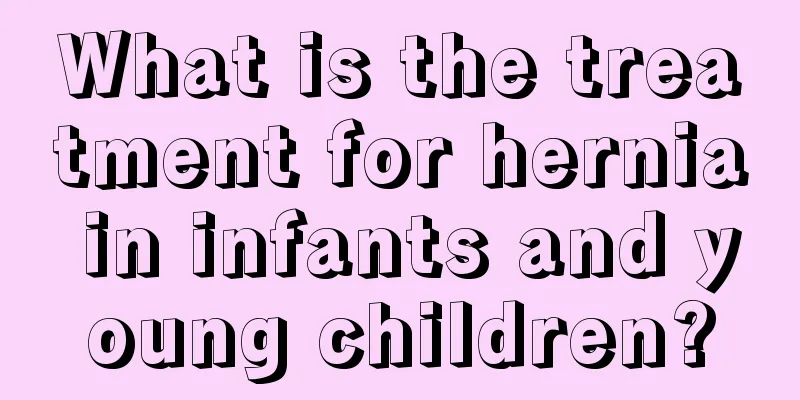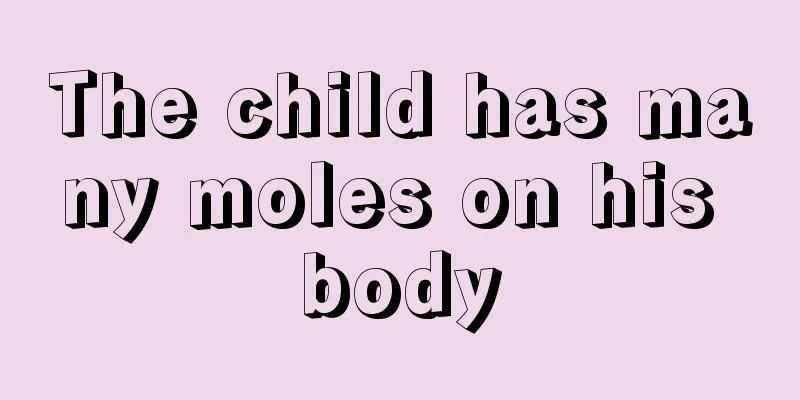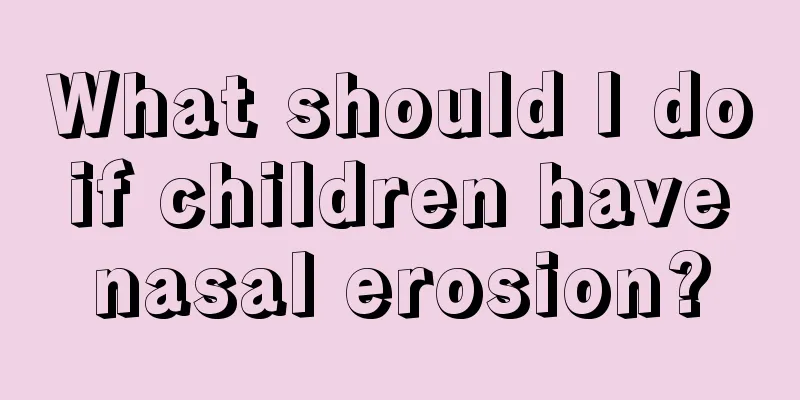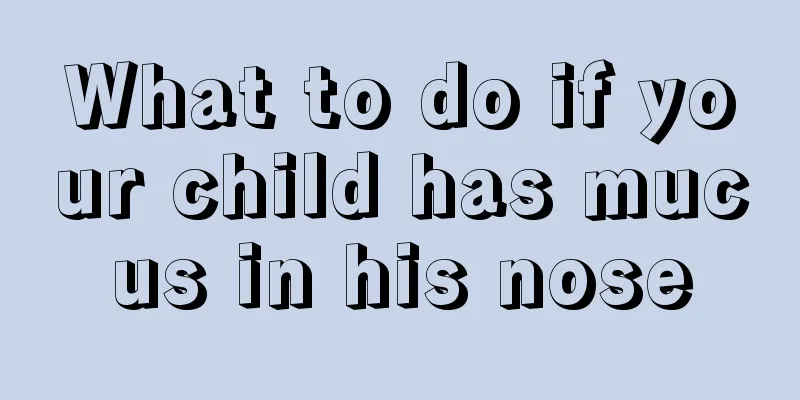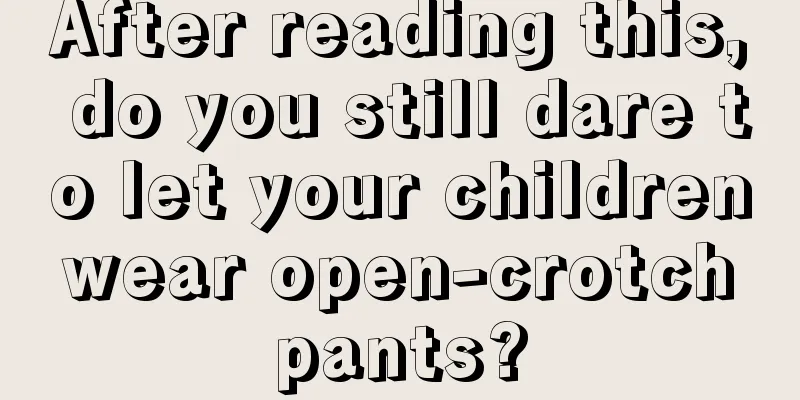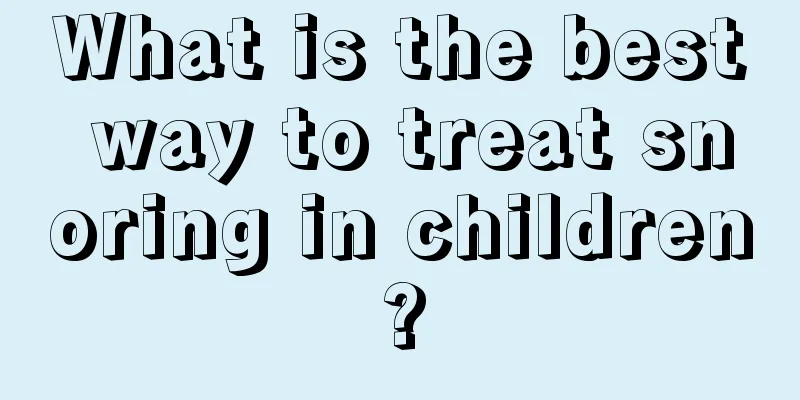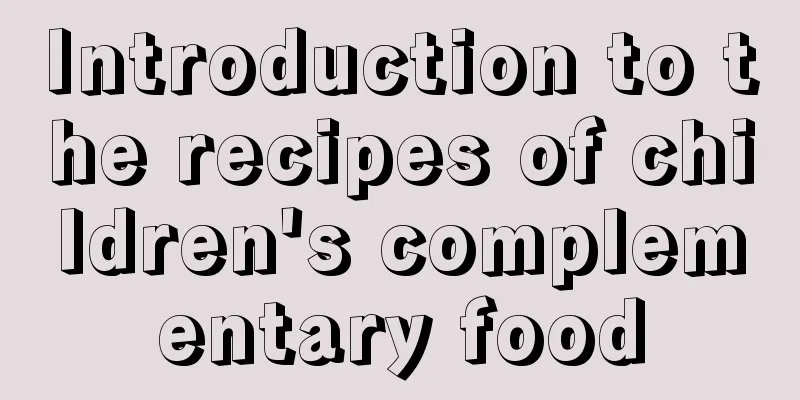What happens when a child has a fever and convulsions?

|
Once family members see signs of a child having a fever, they need to take time to reduce the temperature. If the high fever does not subside, it is easy to have convulsions or seizures, which directly threaten the child's health and life safety. So what is going on with a child having a fever and seizures? In fact, persistent high fever is the main cause of convulsions, and there will be various symptoms after the onset of the disease, which family members need to notice in time. There are many causes of febrile convulsions in babies, which are often caused by bacterial or viral infections. Such as meningitis, brain abscess, tonsillitis, otitis media, upper respiratory tract infection and bacillary dysentery. The baby's nervous system is underdeveloped, and high fever causes the central nervous system to become overexcited. In addition, the occurrence of febrile convulsions is related to genetic factors. 24% of the sick babies have a family history of febrile convulsions, and 4% have a family history of epilepsy. Febrile convulsion refers to a sudden convulsion caused by a fever exceeding 38.5℃ due to reasons other than intracranial infection and other pre-existing neurological diseases. The incidence rate in babies under 5 years old is 2% to 5%. Among them, babies aged 6 months to 3 years have the highest incidence rate, with boys more likely to have more seizures than girls. Convulsions also often occur in acute upper respiratory tract infections within 12 hours after the onset of high fever. They are generally short-term, lasting less than 10 seconds, and severe ones may last for more than 10 to 30 minutes. The patient woke up quickly after the attack, and only one convulsion occurred during a high fever. It is not just high fever that can trigger convulsions. There is also a type of afebrile convulsions, which often occur in some non-infectious diseases, such as intracranial hemorrhage, cerebral edema, epilepsy, cerebral hypoplasia, hydrocephalus, microcephaly, as well as nutritional disorders, metabolic disorders (such as hypocalcemic convulsions), hypoglycemia, food poisoning, drug poisoning and certain pesticide poisoning, etc. The baby usually shows sudden onset of whole body or local muscle spasm, and does not respond when called. The baby's head is tilted back or to one side, the eyes are rolled up or slanted to one side or blink frequently, the face and lips are pale or blackened, the teeth are clenched, and there is foaming at the mouth (if the tongue is bitten, blood foam will be spit out), the limbs are stiff or twitching rhythmically, and incontinence may also occur. It is what is commonly known as convulsion or epilepsy. I believe everyone is very clear about what causes children to have fever and convulsions. The problem of fever is very easy to solve, especially when it is a low fever, it can be relieved by physical cooling methods. Therefore, high fever convulsions can also be effectively prevented. In addition, once cramps occur, they must be dealt with promptly and correctly so that children can get through the difficult times. |
<<: What are the effects of a child having a fever and convulsions?
>>: What are the sequelae of children's fever and convulsions?
Recommend
What are the effects of precocious puberty in children?
Precocious puberty in children mainly refers to t...
Solutions to zinc deficiency in four-month-old babies
Zinc deficiency in babies will affect their norma...
What medicine should children with tics take?
Childhood tics mostly occur in children aged 0 to...
How to disinfect and care for the navel of a newborn
The fetus is in the mother's womb, connected ...
How to treat rheumatoid arthritis in children
I believe that everyone may not be so familiar wi...
What's wrong with children having dry cough after exercise?
Some children do not show any abnormalities when ...
Is it OK for a baby to stand up too early?
After the baby is born, the mother will definitel...
How to treat children's rhinitis and nosebleeds
Children must pay attention to dietary adjustment...
Is it normal for a baby to nod and breathe?
Newborns have very weak constitutions and are pro...
Dosage and administration of pneumonia vaccine for children
Nowadays, the incidence of many diseases is very ...
What to do if a child has a nosebleed
As we all know, the physical fitness of our child...
What to do if a child has a low fever after a high fever
In life, many children will have high fever, and ...
What are the treatments for myopia in children?
Myopia is very harmful to children. If not treate...
How to massage baby's swollen belly
Babies are young and often have stomach pains, wh...
Know your baby's developmental indicators at 17 months
Children are the most important treasures to ever...
